Dustin talks about his experiences with the new iOptron equatorial mounts. And Tony wonders about the effects of LED streetlights on our night skies.
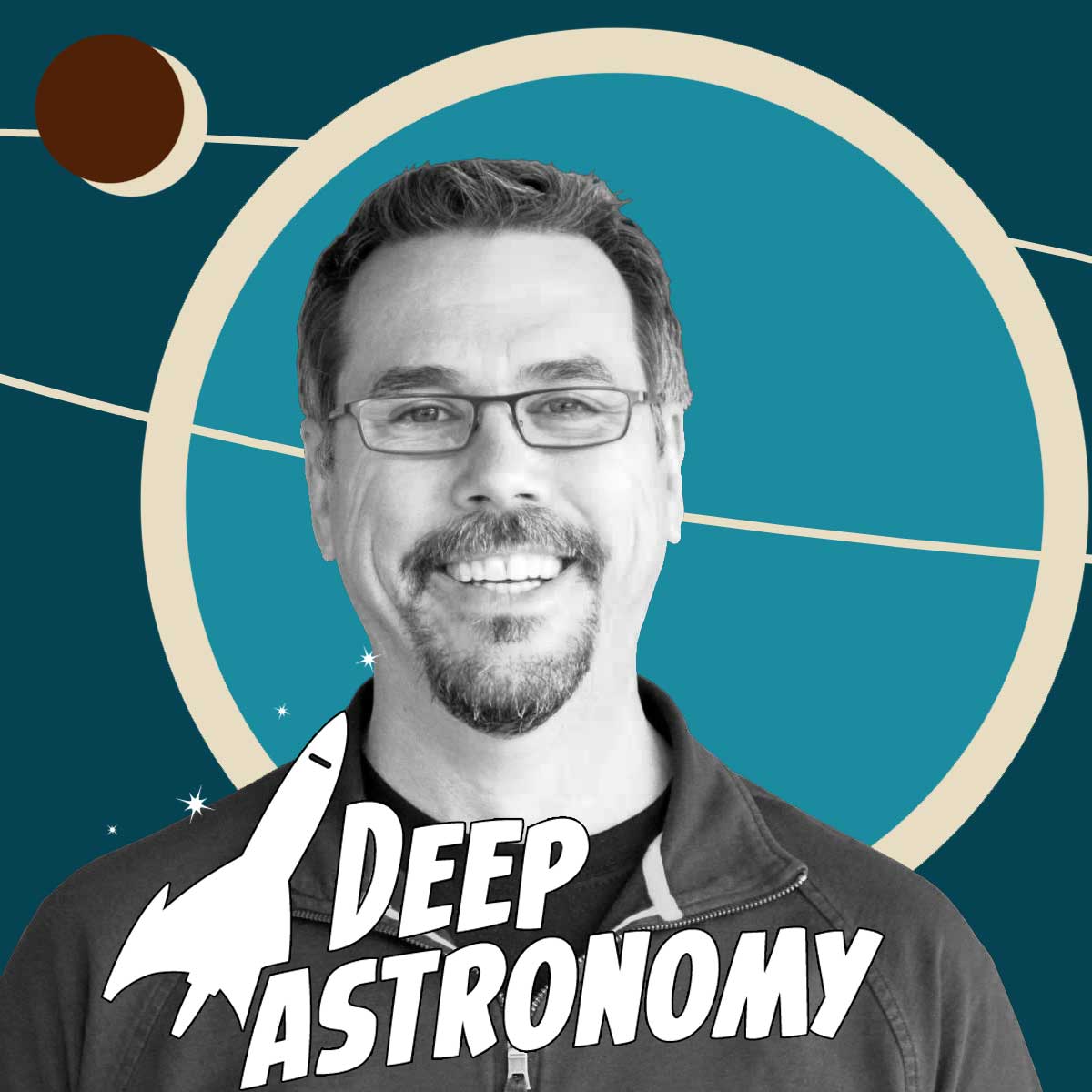

Dustin talks about his experiences with the new iOptron equatorial mounts. And Tony wonders about the effects of LED streetlights on our night skies.

For the first time astronomers found direct clues of a dying sun-like star eating an exoplanet. The star is in the constellation Aquila, the Eagle, and is called ZTF SLRN-2020
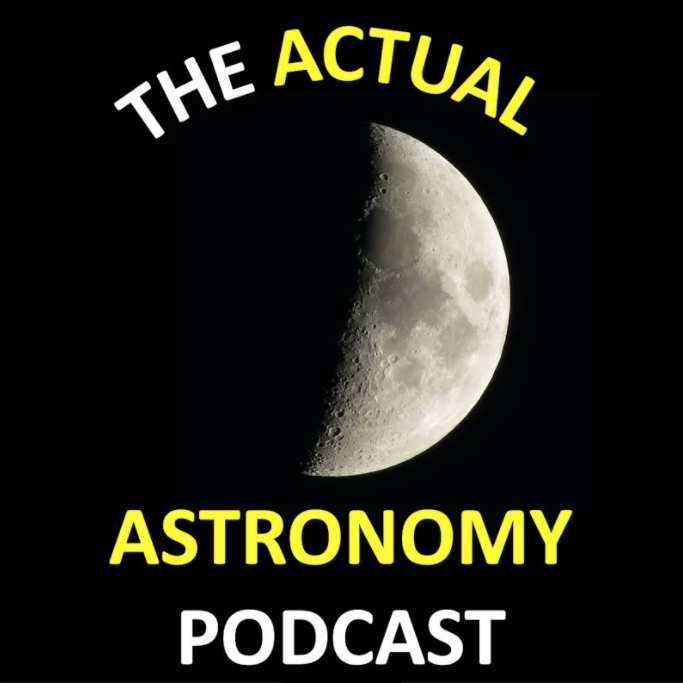
Today @ActualAstronomy discuss about Carbon Star Hunters list of 150 blood red stars with Luca Vanzella and also his journey in astronomy from first telescopes to a 32-inch club telescope project.
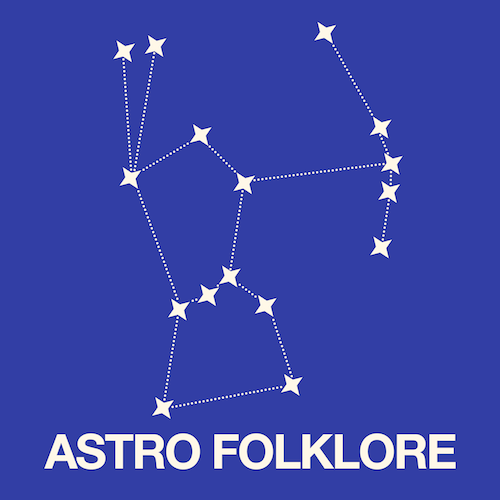
This is a folklore from Bali, Indonesia about Corona Borealis. The story is part of the Stars of Asia Project during the International Year of Astronomy 2009
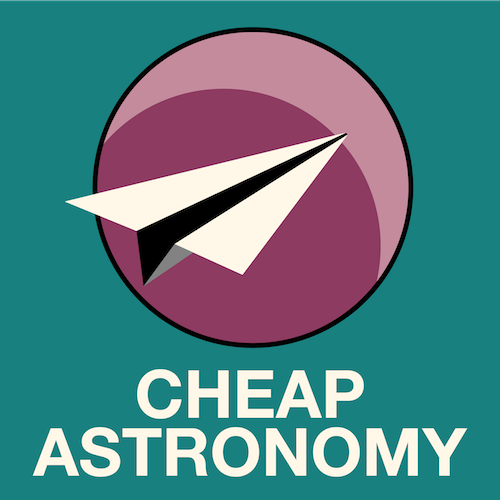
It’s time for @CheapAstro crafts some spacecraft. What are the Parker probe and other spacecraft learning about the Sun? Will there really be spacecraft that can travel in deep space but can also land on planets?
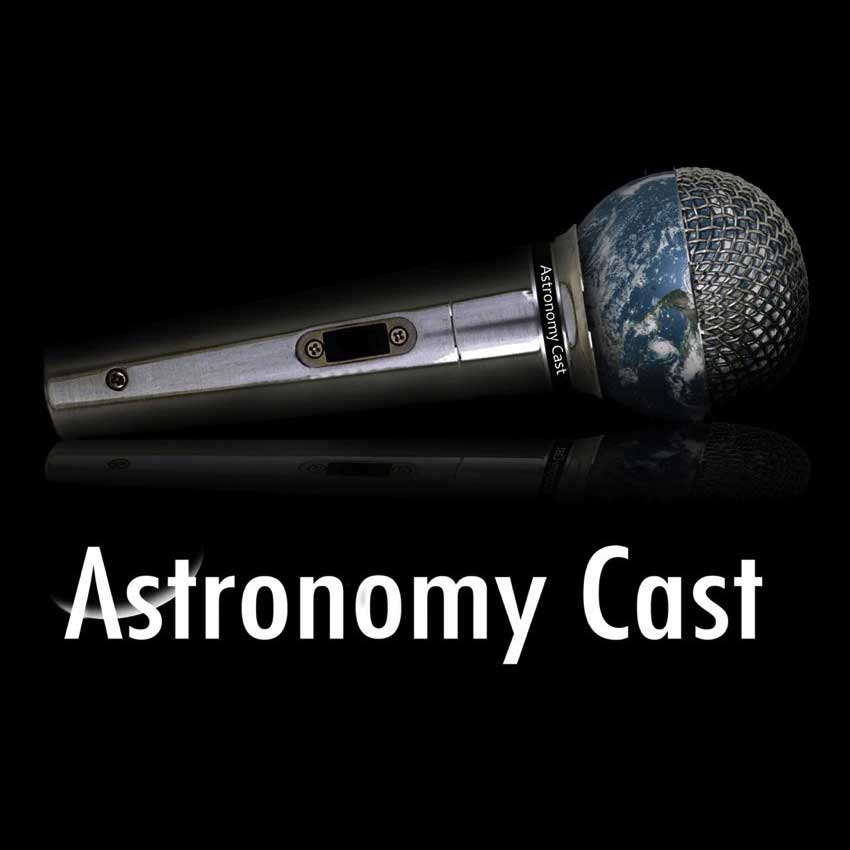
Launching satellites from Earth is counter-productive. You’ve got to make a satellite that can handle Earth gravity, then the brutal flight to space, then deployment in orbit. What if you could build your spacecraft in space?
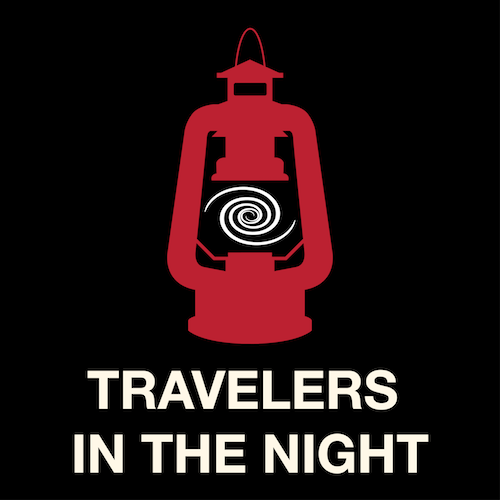
NASA has designed and proposed the NEOCam spacecraft to give us the ability to potentially hazardous asteroids them before they find us.
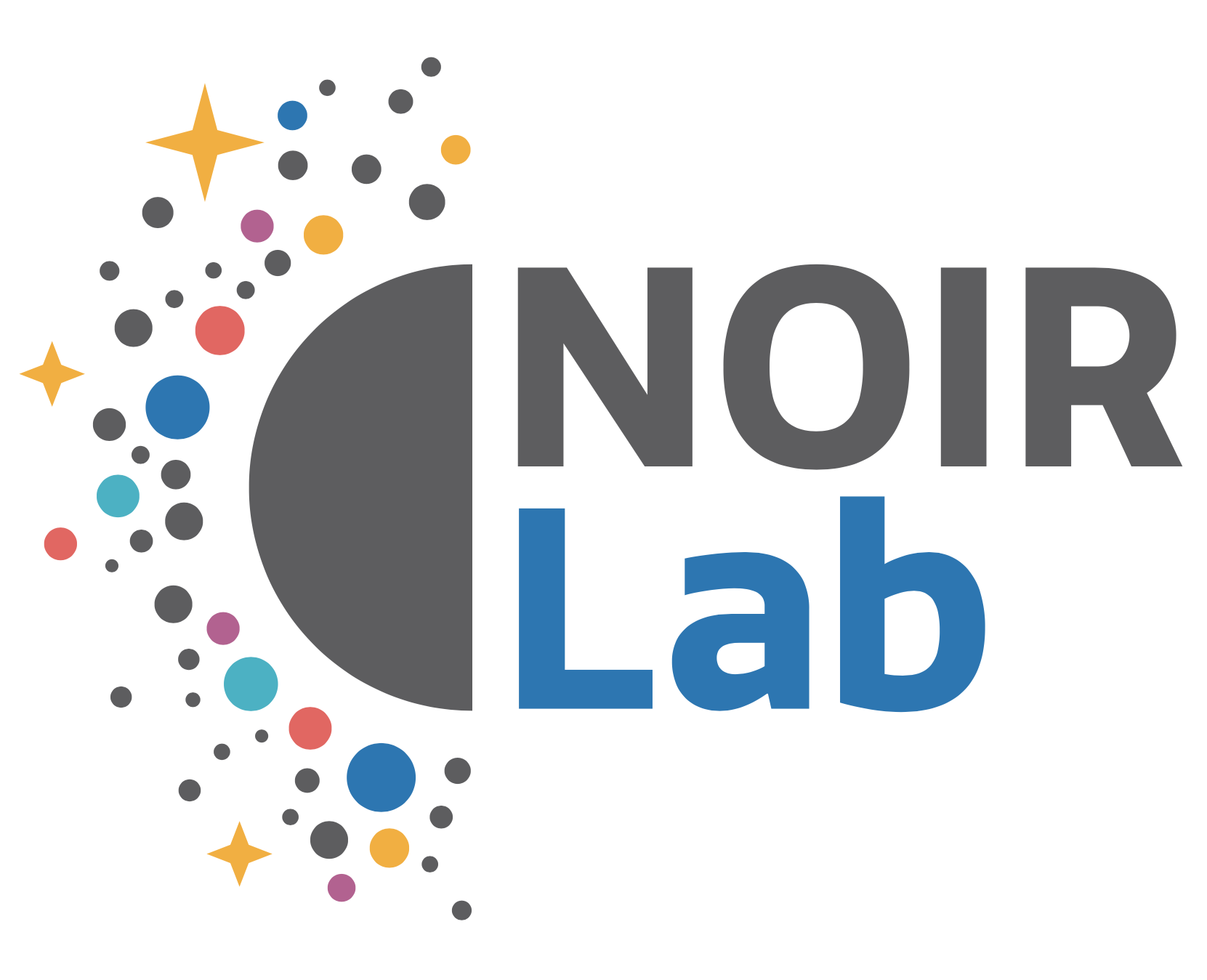
The Vera C. Rubin Observatory is currently under construction in Chile and launched their Education And Public Outreach (EPO) program. Today, Stephanie Deppe discuss about Rubin EPO program with @halfastro at #365DaysOfAstro
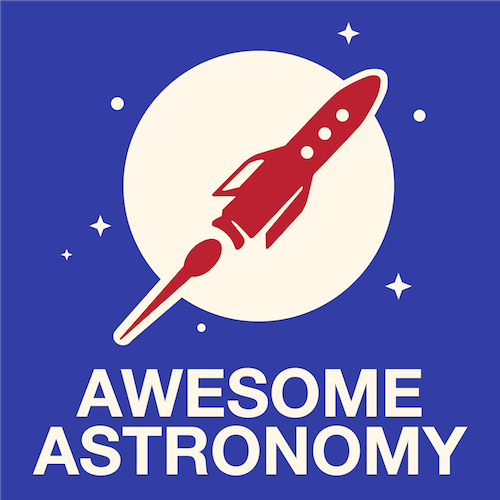
Time for June @AwesomeAstroPod as Jenny & Paul discuss about the recent supernova in galaxy M101, volcanic exoplanets, and also June Skyguide!
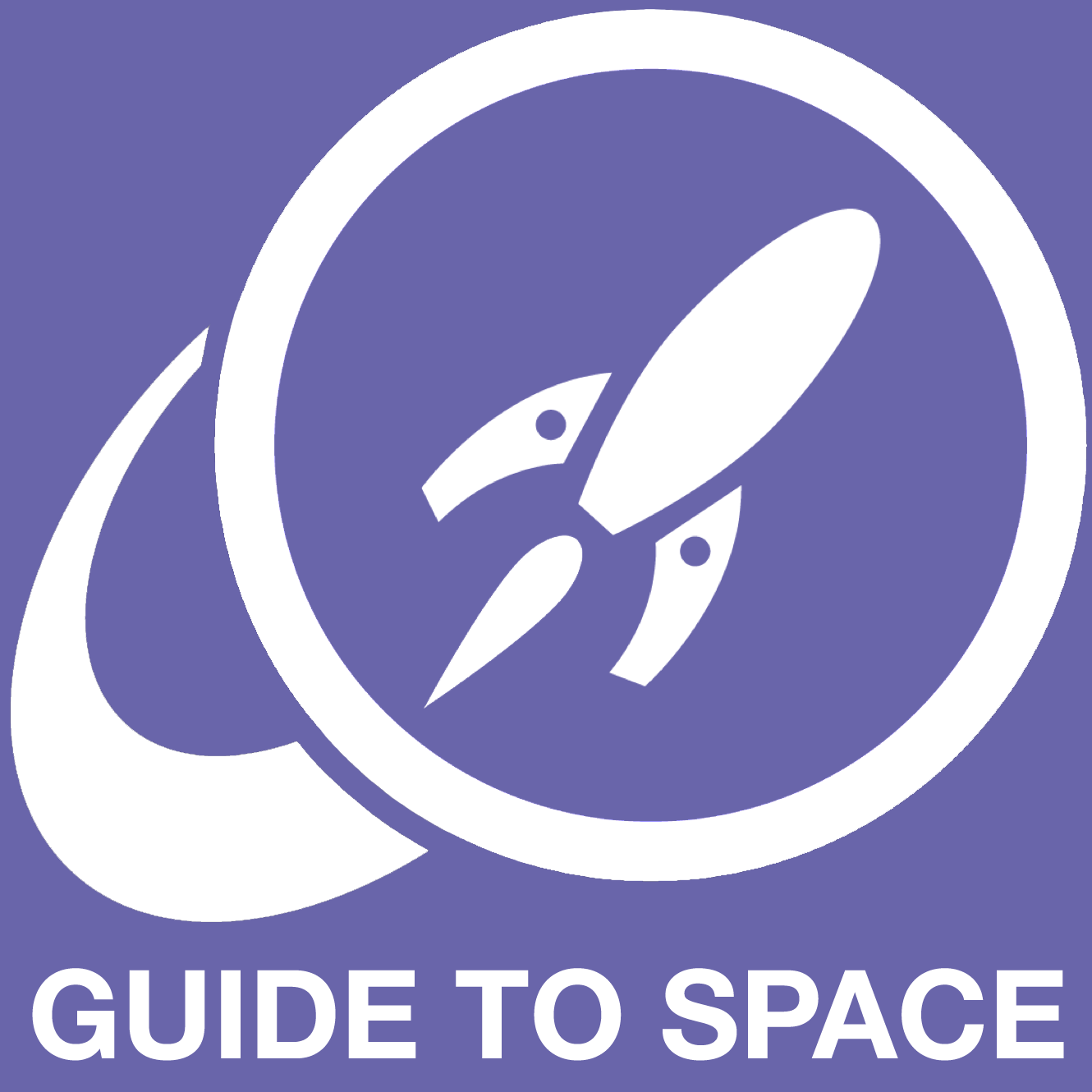
Look at those astronauts, flying through space without a care in the world. But how can they be floating when there’s gravity pulling at them in every direction?